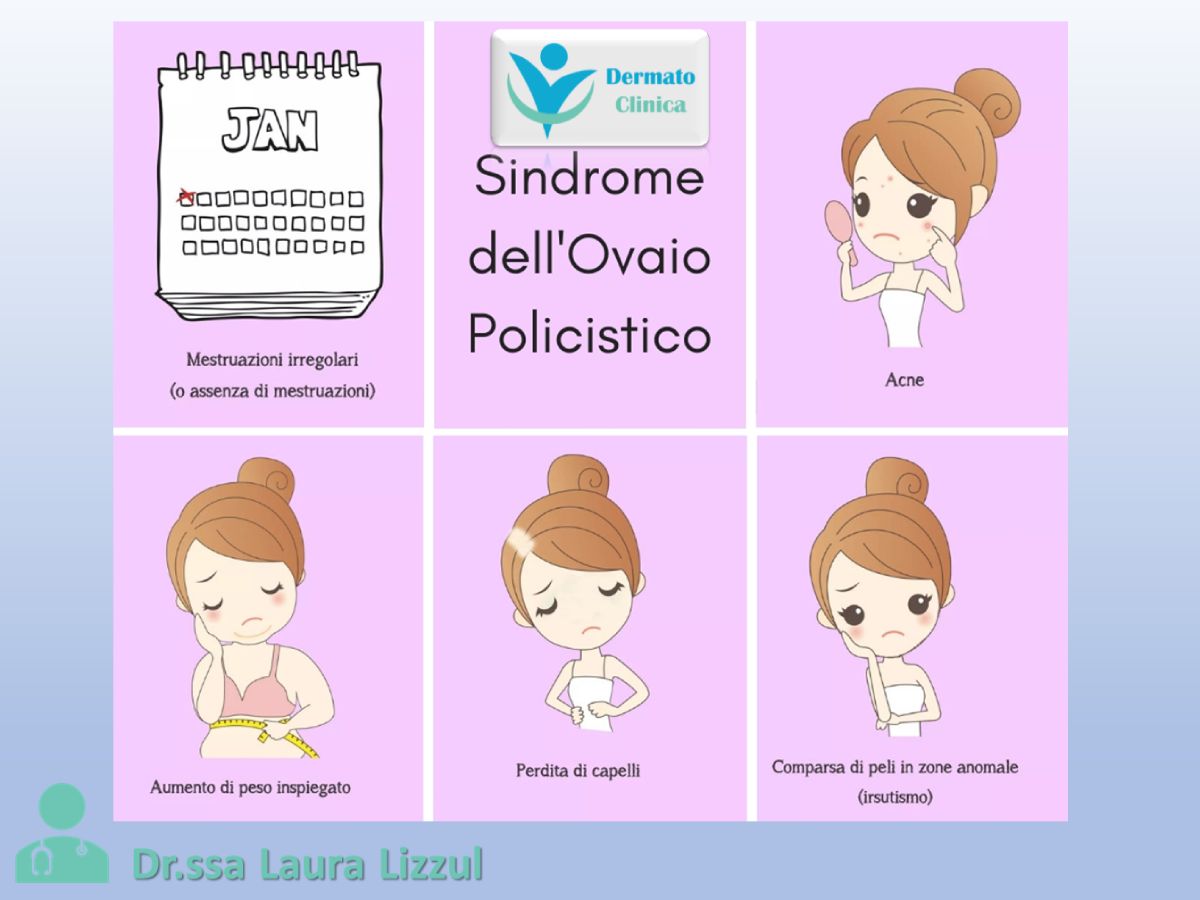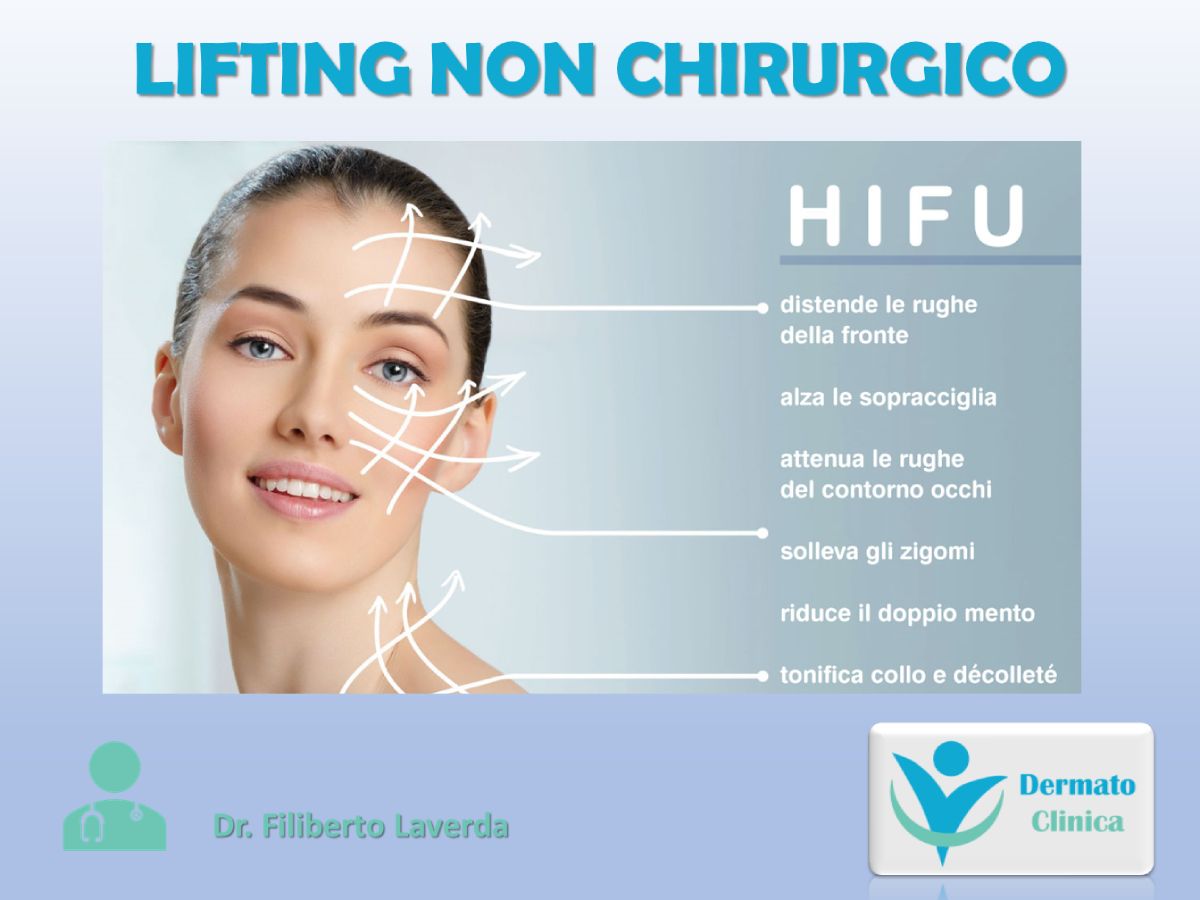POLYCYSTIC OVARY SYNDROME
What is polycystic ovary syndrome and what symptoms does it give?
Polycystic ovary syndrome is one of the most common hormonal disorders in women during their reproductive age (6-10%).
It is characterised by menstrual irregularities, hyperandrogenism (which is manifested especially with dermatological disorders such as acne, hirsutism and alopecia) and ovaries with polycystic appearance on ultrasound.
In 60-80% of concurrent cases there are also difficulties in losing weight and metabolic disorders such as obesity, insulin resistance, hyperinsulinemia and type 2 diabetes.
It may also be responsible for pair infertility due to the presence of anovulatory cycles.
Symptoms can appear immediately after the first menstruation or develop over the years.
The clinical picture can look very different from patient to patient.
What causes polycystic ovary syndrome?
Its origin is probably multifactorial: hereditary genetic factors are often associated with sedentary lifestyle and an incorrect diet regimen.
It’s known the role of insulin resistance on proper ovulocyte maturation and secretion of ovarian sex hormones.
Affected patients often have first-degree relatives with metabolic conditions such as diabetes, dyslipidemia, obesity or cardiovascular disease.
Diagnosis and treatment
The diagnosis is made in the presence of 2 of the 3 following criteria: ovulatory dysfunction, hyperandrogenism (based on clinical data and/or hormonal values dosed in the blood), polycystic ovaries to the pelvic ultrasound.
It is therefore useful to rely on the endocrinologist for an overall hormonal and metabolic evaluation and then undertake a personalised treatment.
Therapy always starts from a change in eating habits and attention to physical activity.
Depending on the manifestations of the syndrome and the needs of individual patients, it also makes use of specific therapies to counteract its effects.
An appropriate treatment offers great benefits both in terms of aesthetics and metabolic already in the first months.
The earlier the diagnosis is made, the earlier it is possible to intervene to avoid the long-term consequences (infertility, hyperplasia and endometrial cancer, hypertension, hyperlipidemia, insulin resistance, diabetes mellitus type II, atherosclerosis).
Doctor Laura Lizzul
DERMATOCLINICA – THE POLYCLINIC OF TREVISO
0422/911349

